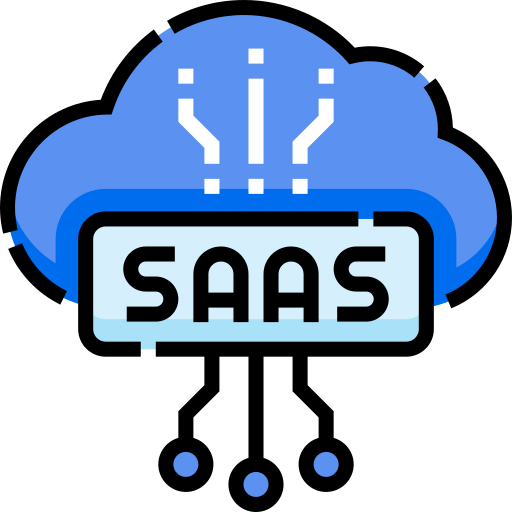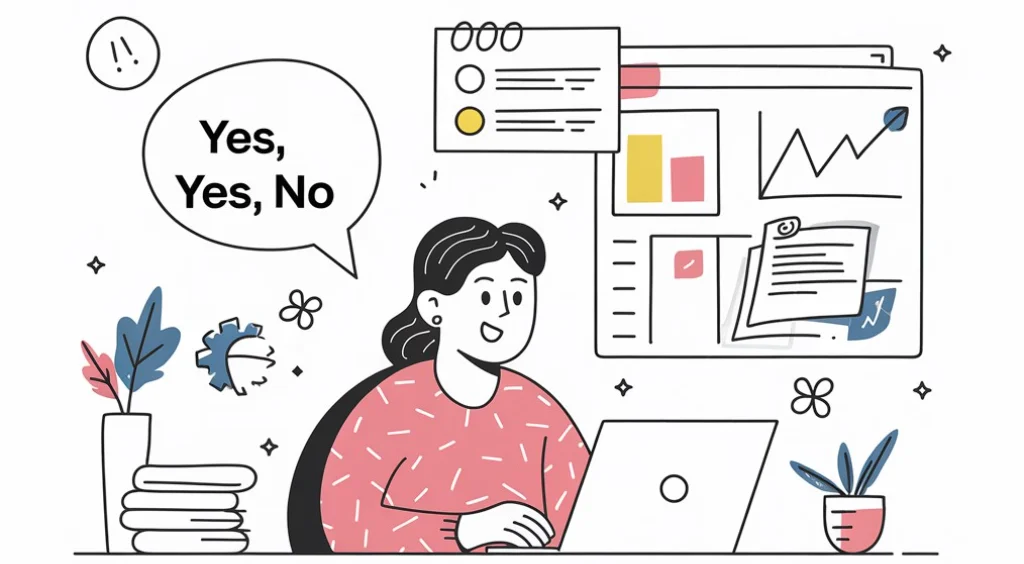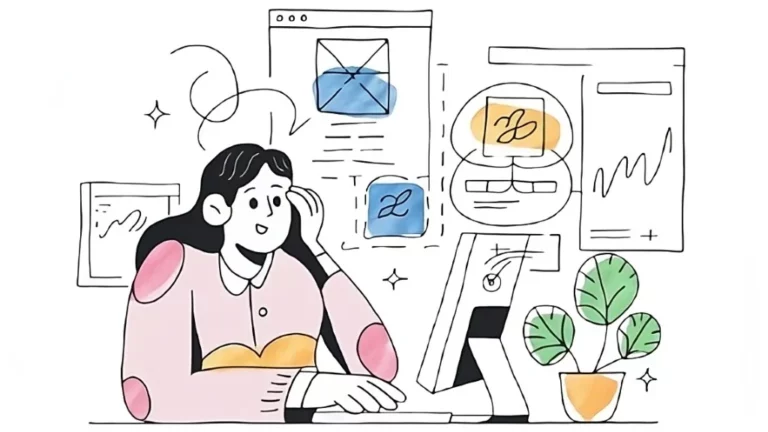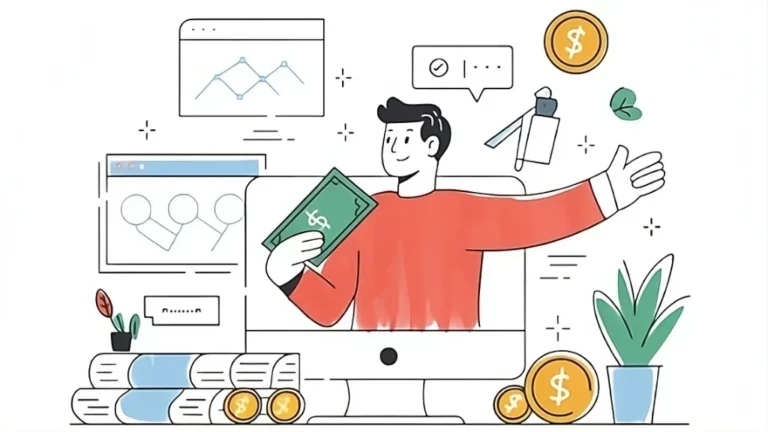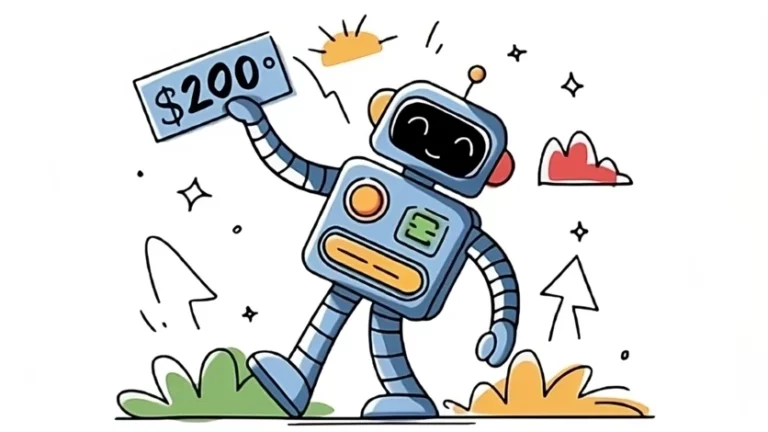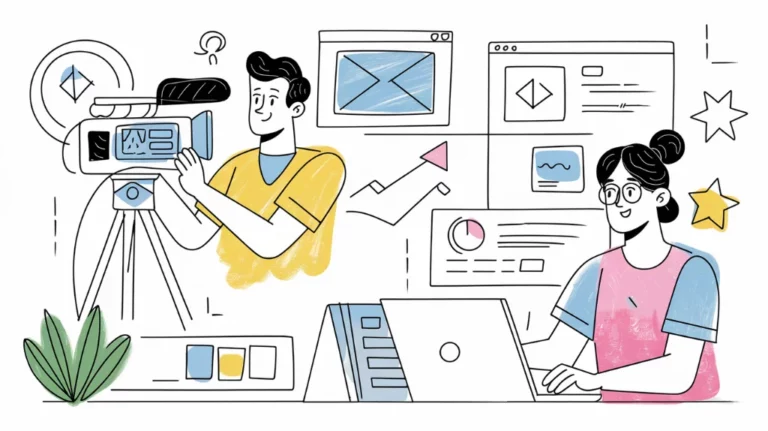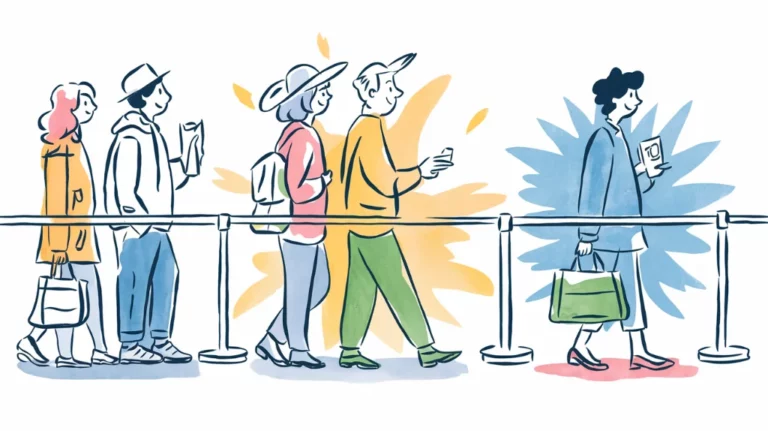When it comes to customer acquisition for your SaaS, finding a lead generation strategy that's both effective and efficient is crucial. Enter the "Yes, Yes, No" principle – a method designed not just to attract potential customers, but to convert them by building trust and showcasing your expertise. But how can this method benefit you, specifically? Read on, to find out.
Why is a "Yes, Yes, No" Approach Superior to "Bait and Switch" Tactics?
The "Yes, Yes, No" strategy focuses on genuinely helping potential customers by providing valuable, free information. This isn't about tricking people into a purchase; it's about earning their trust. "Bait and switch" approaches, on the other hand, often hide key information behind a paywall, leaving users feeling cheated. The "Yes, Yes, No" method builds a long-term, loyal relationship, contrasting the short-sighted, often unethical approach of "bait and switch". It’s a relationship built on value and expertise, rather than empty promises.
What Exactly is the "Yes, Yes, No" Lead Generation Magnet?
The "Yes, Yes, No" lead generation strategy is all about guiding your audience through a journey of agreement, leading them to the natural conclusion that your SaaS product is the ideal solution. Here’s a breakdown:
1. The "Yes, Yes, Yes" Phase: Building Credibility
In this initial stage, you're essentially showcasing your expertise. You provide free, insightful, and actionable information that resonates with your target audience. The aim here is to get them nodding in agreement, saying, "Yes, that makes sense" or "Yes, that’s exactly my problem!" This establishes you as a thought leader, building the vital foundation of trust that’s crucial in the software business.
2. The "No" Phase: The Self-Realization Point
After absorbing your valuable information, your audience might start to think, "This is useful, but I don't have the time, skills, or energy to do this myself." This is where your SaaS product swoops in to save the day. It's not a forced conclusion but a realization based on their new understanding of the complexity of the problem you are solving. They realize the value in a tool that would automate this or make the process much simpler.
3. The Offer: Presenting the Ideal Solution
Once your audience reaches that "No" point, your SaaS product becomes the logical answer. You aren't forcing a purchase; you are offering a convenient, expert solution to a problem they now understand very well. You've positioned yourself as a trustworthy guide, making your product feel like a natural extension of your helpful insights.
How Does This Principle Cater Specifically to SaaS Businesses?
The "Yes, Yes, No" principle is particularly well-suited for SaaS. Many potential SaaS customers might be aware of a problem but not fully understand the complexities of the solution. They may also underestimate the work needed to implement those solutions. The "Yes, Yes, No" strategy educates them on both the problem and its solution so they understand what is needed. Once they understand the complexity, they see how your SaaS simplifies things, making it an obvious choice.
How Can You Generate "Yes" Moments with Compelling Content?
Content is the key to making the “Yes, Yes, Yes” phase work. It is what will generate the leads to begin with. But what kind of content works best? Consider these options:
- In-Depth Guides and Tutorials: These showcase your expertise and offer real value to your audience. Think of free resources that address specific pain points your target audience feels.
- Example: If your SaaS product is an AI-powered content writer, create a comprehensive guide called, "The Ultimate Guide to Writing Engaging Content that Converts."
- Tools like Canva and ChatGPT can be helpful to design visually appealing and easy-to-digest PDFs and documents.
- Webinars and Video Content: Visual content is incredibly impactful, helping build your authority quickly. "78% of people say that video has convinced them to buy software,” reports Wyzowl.
- Case Studies: Nothing speaks louder than success stories. Sharing how your SaaS has benefited other users provides social proof and credibility.
- Interactive Quizzes and Calculators: Engagement is key. Tools like "Time Management Effectiveness Quiz" or "ROI Calculator" can provide personalized insights and encourage people to learn how much benefit they could see from using your software.
How Can You Guide Your Audience to the "No" Moment?
Transitioning from "Yes" to "No" is a crucial step. It’s about providing so much value that customers realize they need to hand it over to an expert (that’s you!). Here's how:
- Be Transparent and Thorough: Don't hold back information. Lay out all the steps needed to manually solve their problem. This not only builds trust but also highlights the level of complexity.
- Example: If your product is a CRM system, demonstrate the "10 Steps to Manually Track and Manage Customer Relationships." Users seeing how time-consuming this is will be more likely to consider your SaaS as a solution.
- Clearly Illustrate Time and Cost Savings: Show concrete data. Compare the hours and money saved by using your SaaS instead of manual work.
- Example: "Managing social media manually takes 15 hours per week. Our tool can save you 60 hours a month, valued at $1,500 if billed at $25 per hour"
- Use Fear of Missing Out (FOMO) Wisely: Incorporate industry stats to demonstrate the benefits of automation.
- Example: "71% of organizations report a productivity increase after using cloud-based software. Don't get left behind!"
What Tools Can Help Solo Entrepreneurs Execute This Strategy?
As a solo entrepreneur, efficiency is everything. Here are some tools to streamline the "Yes, Yes, No" funnel:
- Email Marketing Platforms: Automate your communication using platforms like Mailchimp or ConvertKit.
- Pro Tip: Design automated sequences that gradually provide educational content to keep your audience engaged.
- Landing Page Builders: Create high-converting pages to host your lead magnet using tools like Carrd or Leadpages.
- Analytics Tools: Track performance using Google Analytics or Hotjar. Knowing which content works will help you optimize your strategy.
- Chatbots: Tools like Intercom or Drift can qualify leads directly from your website, saving you valuable time.
Does This Approach Actually Work for SaaS? The Numbers Don’t Lie!
The "Yes, Yes, No" method isn’t just theory; it's backed by real numbers. Check this out:
- Valuable Content is King: "96% of B2B buyers want content from industry leaders to help them with their purchase decisions (DemandGen Report )."
- Blogging Boosts Traffic: "SaaS companies that blog see 55% more web traffic (HubSpot)."
- Automation Increases Efficiency: "Marketing automation tools like email sequences can boost sales productivity by 14.5% (Nucleus Research)."
How Can You Convert Free Content Consumers into Paying SaaS Customers?
Turning leads into loyal customers is the ultimate goal. Here’s how you can achieve it:
- Offer a Free Trial or Freemium Version: According to Statista, "57% of SaaS businesses say free trials are their most effective way to attract new customers."
- Upsell During the Trial Period: Highlight the advantages of premium plans via in-app notifications or email communications.
- Leverage Social Proof: Make sure testimonials and case studies are visible. Use customer names when possible to build credibility.
- Provide Ongoing Value: Once they sign up, offer additional content. Remember that "a customer nurtured post-purchase is 50% more likely to buy again (Adobe)."
How Does This Strategy Benefit You as a Solo Entrepreneur?
Here’s why the "Yes, Yes, No" method is so well-suited for solo entrepreneurs:
- Minimal Ad Spend: Educational content acts as organic marketing, driving traffic without high advertising costs.
- Scalable Automation: Manage thousands of leads with automated email sequences, freeing up your time.
- Establishes You as an Authority: Even if leads don’t convert immediately, they will recognize you as a trusted expert, making future conversions more likely.
- Builds Strong, Loyal Customer Relationships: By providing genuine value, you create loyal customers who become advocates for your product, growing your reach organically.
What's the Final Verdict? Is this worth it for a SaaS Business?
In conclusion, the "Yes, Yes, No" strategy is a powerful lead generation tool that aligns perfectly with the resources and challenges of a solo SaaS entrepreneur. It is about giving away valuable content, building trust, and positioning your SaaS product as the obvious, streamlined solution. By educating your potential customers about their problems, and guiding them to the conclusion that your software is the best answer, you can create a sustainable growth path for your business. Focus on identifying your target audience's biggest frustrations, then educate them, and let them find the "No" moment on their own. By then, they will already trust you, and your expertise, and be ready to purchase your SaaS solution. And that’s not just ethical, it’s very effective!
